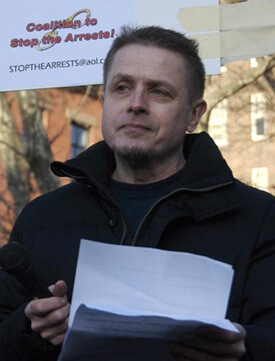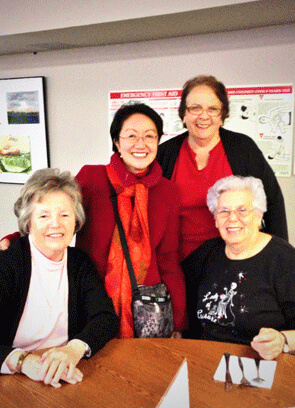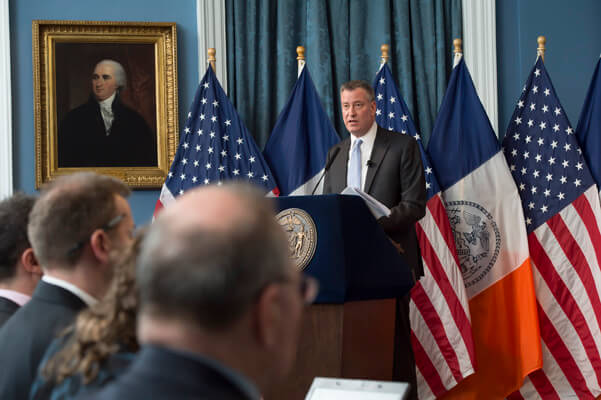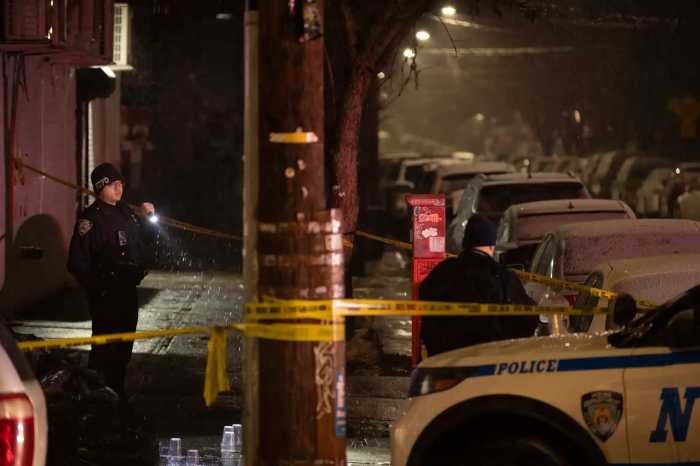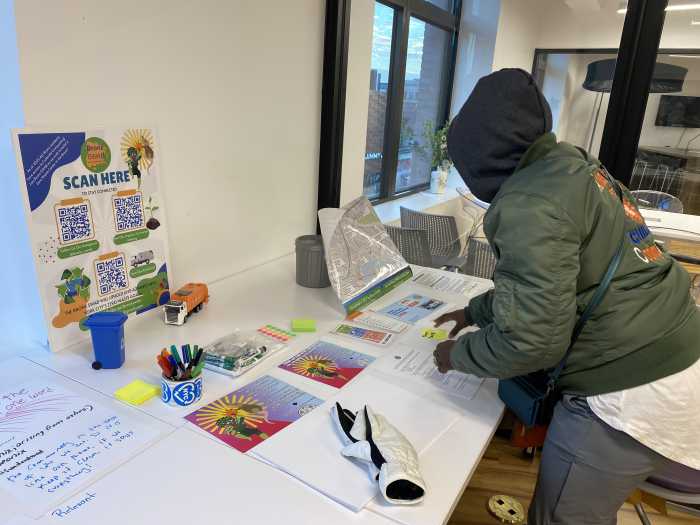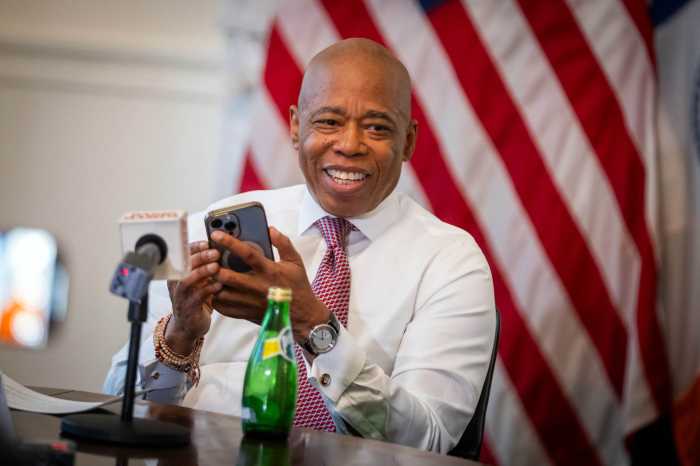BY NATHAN RILEY | For Bill de Blasio and William Bratton’s NYPD to make a clean break with the troubled recent past, there must be a fundamental redefinition of the crime problem in New York City. No doubt due in large measure to the massive focus on the abuses of stop and frisk, Commissioner Ray Kelly, despite his continued defense of the policy, has actually brought those numbers down dramatically since their high point in 2011.
Still, as the once and future commissioner, Bratton has an obligation to point the department in a new direction.
First and foremost, the racist implications of a policy that takes as its starting point the color of a suspect’s skin must be abandoned. Recently justifying his stop and frisk record in an interview with Playboy, Kelly said, “In New York, 70 to 75 percent of the descriptions of perpetrators of violent crime are black men; the vast majority of the remainder is Latino. And 97 percent of shooting victims are black or Latino. Our stops are 53 percent black and roughly 35 percent Hispanic.”
Applied to defending a policy that saw nearly 700,000 stops in 2011, the vast preponderance of which found no wrongdoing, these statistics betray an attitude permeated with errors and blind spots.
Kelly’s viewpoint ignores the profound and positive social change that has taken place in communities of all sorts across the city. The commissioner’s perspective is based on the assumption that crime fell only because police cracked down. In fact, the improvements are also the result of residents of the city — white, black, and brown, rich and poor — obeying the law. New Yorkers, regardless of their demographic profile, are, in overwhelming numbers, law-abiding, which is why stopping them well over half a million times, largely in communities of color, is widely viewed as a startling affront.
The first step in setting a new tone is for the de Blasio administration and his new police commissioner to state the obvious — that crime is not racially based, that there are criminals and many more law-abiding citizens in every group, and that identifying criminals cannot be based on figuring out where the black and brown people are.
Kelly has used the crime reductions of recent years to warn against any retreat. “Last year the homicide rate was the lowest in at least 50 years,” he said. “And this year we’re running about 30 percent below that.”
But he fails to draw the logical next conclusion — that tactics started during an historic crime wave can’t necessarily be justified when that surge disappears.
A second major step the NYPD must take is to remove the incentives that encourage the police to make marijuana arrests. The explosion in such arrests under Mayor Michael Bloomberg was not in response to any public outcry, and there is no evidence that marijuana use troubles or frightens New Yorkers going about their business. It’s time for the City Council to make clear that policing marijuana is the NYPD’s lowest priority.
Under Bloomberg, officers received credit for making marijuana busts. It was considered a mark of an “active” policeman, and that viewpoint led to abuses. Private possession of small amounts of marijuana, out of public view, is not a crime in New York State, but when police told black and Latino youths to empty their pockets and found marijuana, they then claimed it was in public view. The youth would be fingerprinted and find themselves with a criminal record.
The new commissioner should make it clear these tactics are over.
A third critical step is eliminating the intimidation and hostility that accompanies many police stops. As any cop well knows, a stop can quickly lead to humiliation. And few communities have experienced that as frequently as transgender New Yorkers.
As Dean Spade of the Silvia Rivera Law Project recently told Al Jazeera America, “That's part of what policing is — is this kind of generalized suspicion. Does something look out of place? And transgender people are often that thing that looks out of place.”
Along with young gay men of color, transgender women often face particular harassment due to the practice of using condom possession as evidence to support a charge of prostitution. AIDS activists warn such enforcement damages public health efforts to curb transmission, and many in the community know firsthand the abuse it can lead to as a law enforcement measure. As with stop and frisk, it is corrosive of basic community trust in the police. Prosecutors remain divided on whether to use such evidence in criminal cases, so the new mayor and police commissioner could put the issue to rest by simply forbidding the practice among NYPD officers.
The fourth, and in many respects most fundamental, step in charting a new course is for the NYPD to recognize how sending people to jail affects their families and loved ones. Time and again, when young people entering the criminal justice system are interviewed, they mention lack of family stability as an important contributor to their problems. For many, that means a father who spent years in prison.
This is a national problem, as well as one here in New York. At a recent meeting of the Drug Reform Alliance, which celebrated the legalization of marijuana in Colorado and Washington State, the group’s executive director, Ethan Nadelmann, said he wished the United States would reduce the rate of incarceration to the international average.
“No democratic country has locked up people the way we do,” he said. “I’m fighting so we can become average.”
That is a radical demand. The US is currently incarcerating 2.3 million inmates. For the nation to become just “average,” that number would have to decline to 500,000.
Reducing incarceration could be part of a de Blasio agenda aimed at strengthening families, as important as raising the minimum wage so that parents can spend more time with their children. Given New Yorkers’ ability to reduce crime in their midst, empowering them further with greater economic stability could expand the urban renaissance still too confined to the city’s wealthiest precincts.


